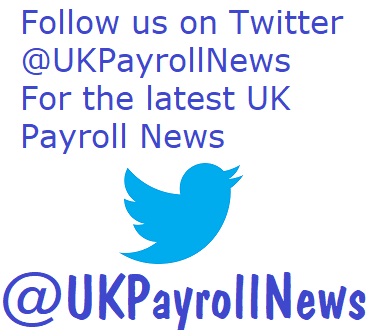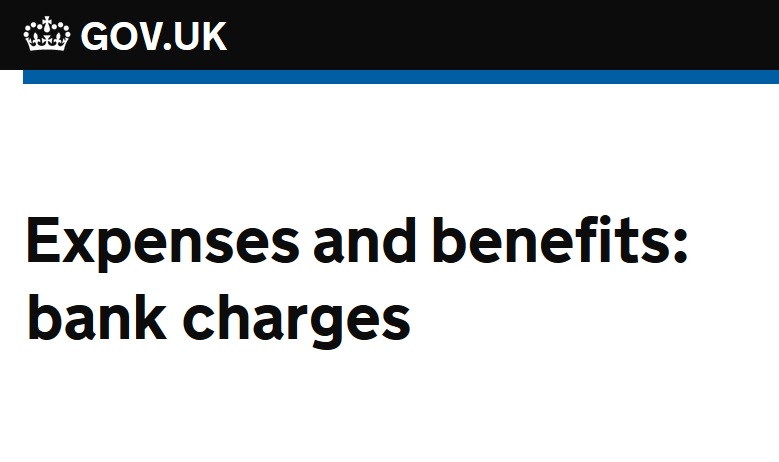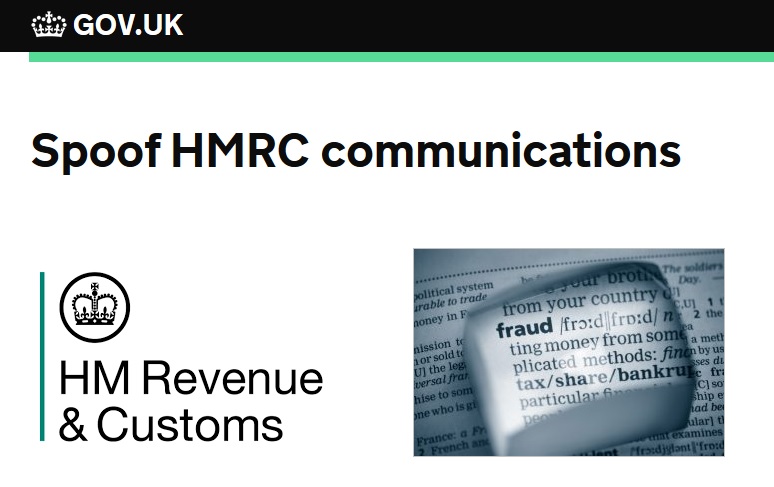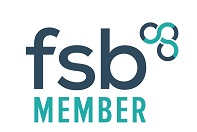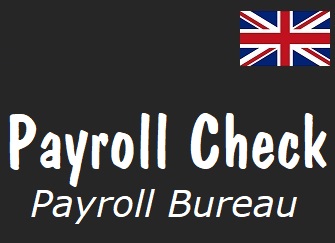The National Minimum Wage (NMW) is the minimum pay per hour most workers under the age of 25 are entitled to by law. The government’s National Living Wage (NLW) is the minimum pay per hour most workers aged 25 and over are entitled to by law. To further complicate, there is also a non-statutory Living Wage set by the Living Wage Foundation.
Minimum Wage Rates from 1 April 2019
|
Age 25 and over |
Age 21 to 24 |
Age 18 to 20 |
Aged under 18 [1] |
Apprentice [2] |
| New Rate |
£8.21 |
£7.70 |
£6.15 |
£4.35 |
£3.90 |
| Old Rate |
£7.83 |
£7.38 |
£5.90 |
£4.20 |
£3.70 |
[1] Aged under 18 and above compulsory school leaving age
[2] Apprentices aged under 19 and, Apprentices aged 19 and over but in the first year of their apprenticeship
Further information available at: www.gov.uk/national-minimum-wage-rates and www.gov.uk/national-minimum-wage
Information on the non-statutory Living Wage is available at www.livingwage.org.uk




